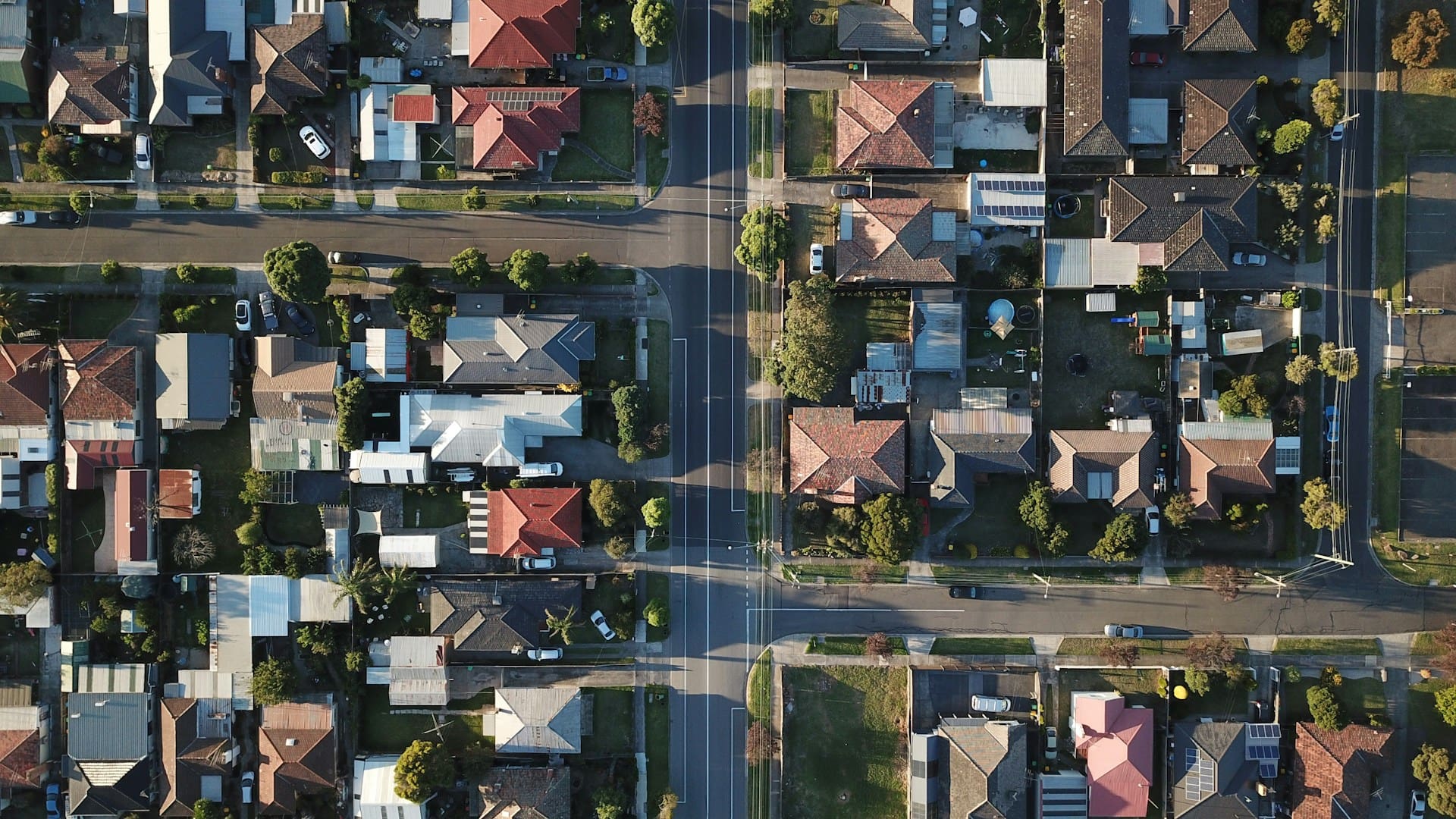By Eliza Relman
See original post here.
Low-income households in Minneapolis who’ve received $500 a month as part of a pilot guaranteed basic income program say the no-strings-attached cash is most useful for housing costs, according to a recent report from the Federal Reserve Bank of Minneapolis.
Thirty-five percent of the 200 households participating in the two-year program said “the most important use of the extra money” was rent or mortgage payments, while another 17% said utilities, including gas, electric, water, and internet, topped their priority list, according to a survey conducted at the program’s 12-month mark. A survey of the recipients conducted six months into the pilot found similar results, though more — 21% — said utilities were the most important use of the money.
A large majority of recipients — 59% — said housing was among their top three most important spending categories, while 54% said the same of utilities, according to the 12-month survey.
The fact that housing and utilities topped the list of priorities is in part a reflection of Minneapolis’ shortage of affordable housing. Median rent in the Twin Cities region has risen almost 20% over the last five years, the Federal Reserve reported in August, and half of all tenants spend at least 30% of their income on rent.
“I don’t think it should be surprising that housing in a shelter sense and a utility sense are two of the top three things in a market where one in four renters is severely cost-burdened,” said Vanessa Palmer, data director for the Federal Reserve’s Center for Indian Country Development who co-authored the Federal Reserve’s report on the GBI pilot.
The surveys also asked questions about recipients’ housing stability, including whether their housing is overcrowded, and how frequently they fall behind on rent or are forced to move homes. They found the program may have improved housing stability among recipients.
But significantly improving a recipient’s housing situation might only be possible in a longer-term program or with larger payments, the researchers found.
“If you always prioritized rent, but you were concerned about utilities or you were concerned about food, then we wouldn’t really see the money go towards improving housing stability,” said Andrew Goodman-Bacon, a senior research economist at the Federal Reserve’s Opportunity and Inclusive Growth Institute and a co-author of the report.
The recipients also saw their food and financial security, general well-being, and psychological wellness all improve over the last year, according to the Fed report. And the cash transfers did not cause recipients to work less, a common concern with basic income programs, the report found.
It’s unclear how recipients’ behavior would change if the additional income were longer-term or permanent. Palmer added that she and her co-authors are curious to find out if they’ll see housing outcomes that often take longer to materialize — like moving to a different neighborhood or receiving job training — later on in the program.
A growing landscape of basic income experiments
Local and state governments across the country are experimenting with guaranteed basic income programs, often targeting the region’s most vulnerable residents, including new and expecting mothers and the lowest-income families.
The outcomes in Minneapolis are similar to many other pilot GBI programs being studied across the country, including when it comes to housing. Recipients of experimental basic income programs and temporary government assistance — like the expanded child tax credit and pandemic emergency housing aid — often spend a large chunk of the cash on housing, including rent and utilities.
Recipients of a year-long basic income program in Austin, Texas, used most of the cash on housing costs and became “substantially more housing secure,” according to surveys. More than half the recipients of a pandemic cash aid program in Washington, DC, called THRIVE East of the River, spent “all or almost all” or “a lot” of the aid on housing, according to an Urban Institute report. Meanwhile, a basic income program in San Francisco that gave $500 a month to people experiencing homelessness found that more than a third used the money to secure permanent housing.
The programs have helped expose the wide gaps in government housing assistance. Housing assistance for the poorest renters has dropped to the lowest levels in 25 years, even as the number who need the aid has soared, according to an analysis by Harvard housing experts published in The New York Times in December. Because of this funding shortage, just a quarter of those who qualify for federal housing aid get it.
The success of experimental basic income programs has inspired researchers at the Department of Housing and Urban Development to propose piloting a direct cash transfer program specifically for rent as an alternative to housing vouchers. Cash payments for housing, researchers say, have a slew of benefits, including cutting red tape, reducing landlord discrimination against voucher holders, and giving families more flexibility.
“One of the undergirding premises of basic income programs, in general, is giving folks the decision-making latitude to choose for themselves where that money goes,” Palmer said.





















